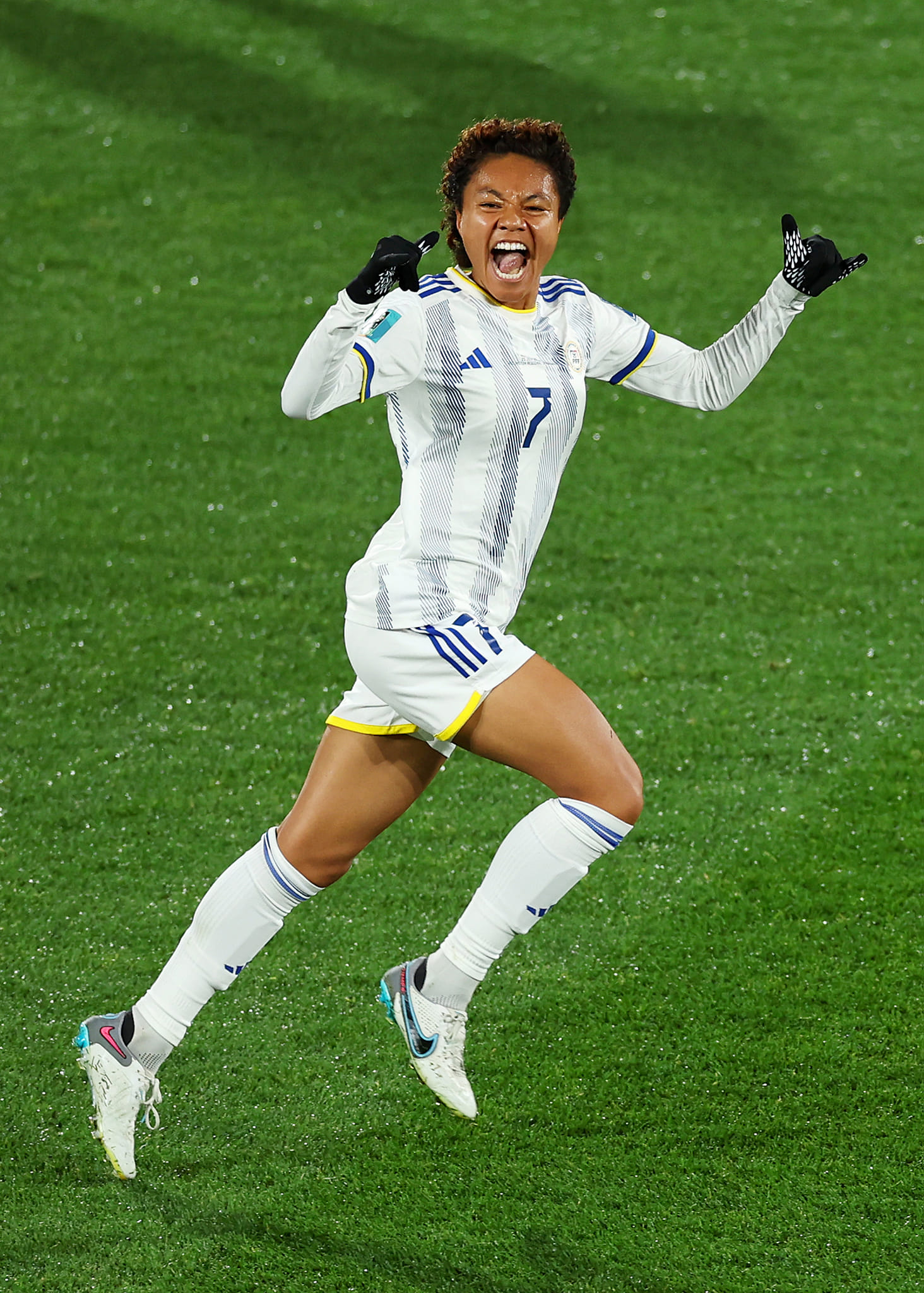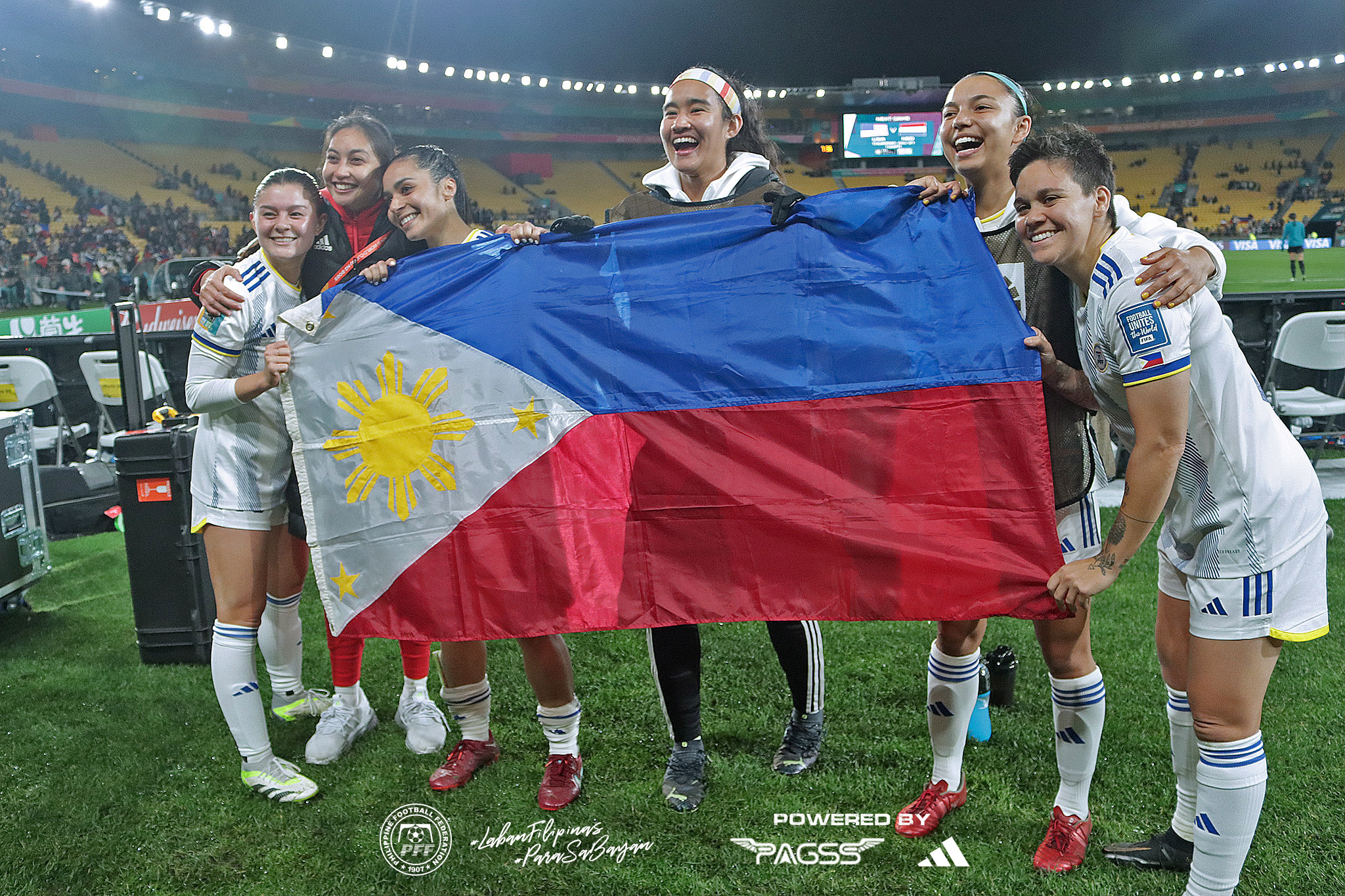What the Filipinas’ World Cup Victory Means For Young Girls and the Filipino Diaspora
The Filipinas’ historic World Cup win is an important feat for young female athletes questioning their place on a stage that seems to only welcome boys
In the Philippines, no other sport could come close to the level of spectatorship that basketball effortlessly draws in. Even other sports played by men don’t receive quite as much attention as the famous ball game. What more if these sports are played by women?
Case in point, the National University Lady Bulldogs who held an impressive 108-game streak in the UAAP Women’s Basketball tournament. However, despite the stellar plays executed by these women, the bleachers at their games remained mostly bare. Meanwhile, scoring tickets to the men’s matches already posed a great challenge.
Almost routinely, female athletes would silently carry on behind the shadows of male-dominated sports. But things began to change when Hidilyn Diaz set foot on the 2020 Olympic stage. The weightlifter not only brought home the Philippines’ first-ever gold medal, but she did so in a sport more commonly associated with men.
So, when the women’s national football team defied all odds to reach the AFC Asian Cup semi-finals and simultaneously bag a spot in the FIFA World Cup, it became clear that the only way to go was forward.
Herstory in the making
It had been the very first time any Philippine team in general earned a World Cup berth. This alone was already a historic feat in itself. But on July 25, the Filipinas managed to carve out an even more important victory. Cheers radiated through the halls of every watch party venue back in the homeland (and across the world) when 27-year-old forward Sarina Bolden launched a 24th-minute header against New Zealand. This prolific goal marked the Philippines’ first-ever World Cup win.
Olivia McDaniel also proved to be a heroine that day. The goalkeeper performed a series of well-timed saves to keep New Zealand’s Football Ferns from getting one over the Filipinas, ultimately sealing the Philippines’ 1-0 run.

While the World Cup win is an achievement that should rightfully be celebrated by every single Filipino, it means much, much more to a special group of people who are finally receiving the representation they deserve: young Filipinas.
It will always be crucial for young girls to have access to female role models who can show them that they are more than capable of achieving their biggest dreams. Witnessing a female athlete confidently make her mark on the field was the big push many young Filipinas needed to affirm their ability to do what they once thought impossible.
The Philippines used to go years without making an appearance in big international football leagues, let alone the World Cup. For the women’s team to have done that and more signals a huge progress boost in the future of women’s sports in the Philippines. It marks the beginning of the end of young female athletes questioning their place on a stage that seems to only welcome boys.
A test of “Filipinoness”
However, the women’s football team’s achievements had not always been celebrated the way they are now.
In fact, the Filipinas’ ethnicity became a controversial topic when the squad’s lineup was first announced as 18 out of the 23 members were born in America. The Philippine Football Federation’s volunteer liaison and recruitment officer Mark Mangune continued the search to complete the country’s women’s football lineup. After scouring every corner of every pitch in America for girls who had even just a hint of Filipino features, Mangune was able to round up a database of approximately 800 potential recruits.
This debate has long plagued the world of Philippine sports. Critics held that the decision to have the Filipino-American diaspora represent the country was depriving homegrown talent of the opportunity to make it big on the international stage.
The skepticism is understandable. But these women probably spent most of their lives feeling like they were stuck between two identities. To Americans, they aren’t American enough, and to Filipinos, they aren’t Filipino enough. So where do they position themselves?

The quest to grow Philippine football shouldn’t be a test of Filipinoness. This situation most definitely cannot be compared to the recent Southeast Asian Games controversy involving Cambodia and its naturalized players.
It’s nothing like that. In actuality, it is a moving display of the Filipino diaspora reconnecting with their heritage through their passion for the beautiful game.
These are the children and grandchildren of Filipino immigrants. It is their shared love for football and their Filipino heritage that drives them to work tirelessly to make their countrymen proud. Why should their dedication to the sport and the country be questioned just because they “don’t look Filipino enough”?
The Filipinas are set to battle it out with current fourth-placers Norway on Sunday, July 30, at 3 PM (Philippine Time). The team’s Group A games will be broadcasted on free-to-air by One Sports and on Cignal’s Pilipinas Live app. Alternatively, the Adidas Brand Center in Glorietta 3 also hosts free streaming parties for the World Cup matches.
For all the latest Lifestyle News Click Here
For the latest news and updates, follow us on Google News.

